How to Fix Leaf Nutrient Deficiency in 7 Steps
Are you tired of watching your beautiful houseplants slowly fade away? You’re not alone! Many plant parents feel heartbroken when their green friends start looking sick. The good news is that most plant problems come from leaf nutrient deficiency, and it’s fixable.
Leaf nutrient deficiency occurs when your indoor plants don’t receive the proper nutrients they need to stay healthy. Just as people need vitamins, plants require specific nutrients to grow strong and healthy. Studies show that 8 out of 10 houseplant problems stem from a lack of essential nutrients in the soil.
In this guide, you’ll learn about 7 common plant issues caused by nutrient problems and exactly how to fix them. By the end, you’ll know how to spot trouble early and keep your plants happy for years to come.
Table of Contents
Table of Contents
Understanding Leaf Nutrient Deficiency in Indoor Plants




What Causes Nutrient Deficiencies in Houseplants
Indoor plants face unique challenges that outdoor plants don’t have. When plants grow in containers, they can’t spread their roots to find fresh soil with new nutrients. Over time, the soil in your pots becomes depleted, leaving your plants hungry for nutrients.
Poor soil quality is the biggest reason for leaf nutrient deficiency. Many store-bought potting mixes don’t have enough nutrients to feed plants long-term. After a few months, the good stuff gets washed away through drainage holes or used up by growing roots.
Another major cause is not fertilizing enough. Many plant parents think water and sunlight are all their plants need. But houseplants need regular feeding, especially during the growing season. Without proper fertilizer, plants can’t make the energy they need to stay green and healthy.
Watering problems also lead to nutrient issues. Too much water washes nutrients away from roots. Too little water means plants can’t absorb the nutrients that are there. Getting the balance right is key to preventing leaf nutrient deficiency.
Container size matters too. When plants become root-bound, their roots can’t take in nutrients properly. The cramped roots compete for limited resources, leading to deficiency symptoms in leaves.
Why Early Detection Matters
Catching leaf nutrient deficiency early can save your plants and your wallet. When you spot problems quickly, simple fixes like fertilizing or repotting can bring plants back to full health. Wait too long, and the damage might be permanent.
Early detection prevents costly plant replacement. Healthy houseplants can live for decades with proper care. But severely nutrient-deficient plants often die despite our best efforts to save them. Learning to spot early warning signs keeps your plant collection thriving.
Healthy plants also improve your home’s air quality. Plants with leaf nutrient deficiency can’t clean the air as well as healthy ones. By keeping your plants well-fed, you’re creating a cleaner, more pleasant living space for your family.
7 Signs Your Plant Has Leaf Nutrient Deficiency
Issue 1 – Yellowing Leaves (Nitrogen Deficiency)
Yellow leaves are often the first sign of leaf nutrient deficiency that plant parents notice. When plants don’t get enough nitrogen, they start pulling this nutrient from older leaves to feed new growth. This causes the bottom leaves to turn yellow while the top stays green.
Nitrogen deficiency shows up differently on various plants. On peace lilies and pothos, you’ll see bright yellow leaves starting from the bottom. Spider plants develop yellow tips that spread inward. Fiddle leaf figs get pale yellow spots that eventually cover the whole leaves.
To fix nitrogen deficiency quickly, use a balanced liquid fertilizer diluted to half strength. Apply it every two weeks during spring and summer. You should see new green growth within a month. Remove yellow leaves to help the plant focus energy on healthy growth.
Issue 2 – Purple or Red Leaf Edges (Phosphorus Deficiency)
Purple or reddish leaf edges signal phosphorus deficiency, a less common but serious form of leaf nutrient deficiency. Plants need phosphorus for strong root development and flower production. Without enough leaves, leaves develop colorful edges that look pretty but spell trouble.
This deficiency commonly affects flowering houseplants like African violets, begonias, and cyclamen. The purple coloring usually starts at leaf tips and spreads along edges. Unlike other problems, the main part of the leaf stays green while only the edges change color.
Phosphorus deficiency often comes from soil pH problems. When soil is too alkaline, plants can’t absorb phosphorus even when it’s present. Test your soil pH and adjust it to 6.0-7.0 for best results. Use a fertilizer high in phosphorus to correct the deficiency.
Issue 3 – Brown Leaf Tips (Potassium Deficiency)
Brown, crispy leaf tips are classic signs of potassium deficiency in houseplants. This type of leaf nutrient deficiency makes plants more sensitive to drought and disease. The browning usually starts at leaf tips and moves inward along edges.
Potassium deficiency looks similar to overwatering damage, but there are key differences. Nutrient-deficient plants have dry, crispy brown areas. Overwatered plants develop soft, mushy brown spots. Feel the affected areas to tell the difference.
Several factors make potassium deficiency worse. Low humidity, too much salt in water, and cold temperatures all increase the problem. Move affected plants away from heaters and air conditioners. Use filtered water instead of tap water if yours is very hard.
Issue 4 – Pale or White Leaves (Iron Deficiency)
Pale, whitish leaves indicate iron deficiency, a type of leaf nutrient deficiency that affects how plants make chlorophyll. Without enough iron, new leaves come out almost white or very pale yellow. Older leaves usually stay green, creating a striking contrast.
Iron deficiency, also called chlorosis, commonly affects acid-loving plants like gardenias, azaleas, and citrus trees grown indoors. The newest leaves show symptoms first because iron doesn’t move easily within plants.
pH levels strongly affect iron availability. Even if your soil has plenty of iron, plants can’t use it when the pH is too high. Most houseplants need slightly acidic soil (pH 6.0-6.5) to absorb iron properly. Test your soil and adjust pH using sulfur or acidic fertilizers.
Issue 5 – Stunted Growth (Multiple Nutrient Deficiencies)
When plants stop growing or grow very slowly, they might have multiple nutrient deficiencies. This comprehensive leaf nutrient deficiency affects overall plant health rather than just leaf appearance. Plants look healthy, but stay the same size month after month.
Stunted growth happens when the soil becomes completely depleted of nutrients. Old potting soil that hasn’t been refreshed for years often causes this problem. Plants survive but can’t thrive without proper nutrition.
Seasonal factors affect growth patterns, too. Plants naturally slow down in fall and winter, so stunted growth during these times might be normal. But if plants don’t start growing again in spring, nutrient deficiency is likely the cause.
Issue 6 – Leaf Drop (Magnesium Deficiency)
Unusual leaf dropping can signal magnesium deficiency, especially when healthy-looking leaves fall off suddenly. This type of leaf nutrient deficiency affects how plants use light for photosynthesis. Without enough magnesium, plants can’t maintain their leaves properly.
Normal leaf shedding happens gradually, with older leaves yellowing first. Magnesium deficiency causes sudden dropping of green, healthy-looking leaves. Plants might lose several leaves at once, especially after watering or moving.
Environmental stress makes magnesium deficiency worse. Cold drafts, sudden temperature changes, and low humidity all increase leaf drop. Keep plants in stable conditions while treating the nutrient deficiency.
Issue 7 – Distorted Leaf Shape (Calcium Deficiency)
Weird, twisted, or malformed leaves often indicate calcium deficiency. This type of leaf nutrient deficiency affects cell wall development, causing new leaves to grow in strange shapes. Affected leaves might be smaller than normal, curled at the edges, or have unusual bumps.
Calcium deficiency commonly affects plants with large, soft leaves like elephant ears, caladiums, and some philodendrons. New growth shows symptoms first, while older leaves usually look normal.
Water quality plays a big role in calcium availability. Soft water and distilled water lack calcium, which plants need. If you use these water types, supplement with calcium-rich fertilizer to prevent deficiency.
7 Proven Solutions to Fix Leaf Nutrient Deficiency
Solution 1 – Choose the Right Fertilizer
Selecting proper fertilizer is crucial for preventing leaf nutrient deficiency in houseplants. Look for balanced fertilizers with equal amounts of nitrogen, phosphorus, and potassium (NPK). A 10-10-10 or 20-20-20 ratio works well for most indoor plants.
| Fertilizer Type | Best For | Application Frequency |
|---|---|---|
| Liquid Fertilizer | Quick nutrient boost | Every 2-4 weeks |
| Slow-Release Granules | Long-term feeding | Every 3-6 months |
| Organic Compost | Soil improvement | Monthly mixing |
| Specialized Blends | Specific plant types | As directed |
Organic fertilizers release nutrients slowly and improve soil health over time. Fish emulsion, worm castings, and compost tea are excellent organic options. They’re gentler than synthetic fertilizers and less likely to cause nutrient burn.
Synthetic fertilizers work faster but require careful measurement. Always dilute liquid fertilizers to half the recommended strength for houseplants. Indoor plants need less food than outdoor plants because they grow more slowly.
Solution 2 – Improve Soil Quality
Good soil forms the foundation for preventing leaf nutrient deficiency. Quality potting mix should drain well while holding enough moisture for roots. It should also contain organic matter that slowly releases nutrients as it breaks down.
Create your nutrient-rich potting mix by combining:
- 40% high-quality potting soil
- 20% perlite for drainage
- 20% peat moss or coco coir for moisture retention
- 10% compost for slow-release nutrients
- 10% bark chips for air pockets
Replace potting soil completely every 2-3 years for most houseplants. Old soil becomes compacted and loses its ability to hold nutrients. Fresh soil gives roots access to new nutrients and better growing conditions.
Add soil amendments like worm castings or aged compost to boost nutrient content without changing the entire mix. Work these amendments into the top inch of soil every few months.
Solution 3 – Adjust Watering Practices
Proper watering helps plants absorb nutrients and prevents leaf nutrient deficiency. Water thoroughly until excess drains from pot holes, then wait until the top inch of soil feels dry before watering again. This cycle ensures roots get both water and air.
Water quality affects nutrient availability. Hard water contains minerals that can build up in soil and block nutrient absorption. Soft water lacks essential minerals that plants need. Room-temperature filtered water works best for most houseplants.
Good drainage prevents nutrient loss through waterlogged soil. Make sure all pots have drainage holes and never let plants sit in standing water. Use pot saucers to protect furniture, but empty them after 30 minutes.
Solution 4 – Optimize Light Conditions
Adequate light helps plants process nutrients and prevents certain types of leaf nutrient deficiency. Plants need light energy to convert nutrients into usable forms. Without enough light, even well-fed plants can show deficiency symptoms.
Different plants need different light levels:
- High light plants (6+ hours direct sun): Succulents, citrus, herbs
- Medium light plants (4-6 hours bright indirect): Pothos, snake plants, rubber trees
- Low light plants (2-4 hours indirect): Peace lilies, ZZ plants, cast iron plants
Supplement natural light with grow lights during the winter months. LED grow lights use less energy and produce less heat than older fluorescent types. Place lights 12-18 inches above plants for 12-14 hours daily.
Rotate plants weekly so all sides receive equal light. This prevents lopsided growth and ensures even nutrient distribution throughout the plant.
Solution 5 – Monitor pH Levels
Soil pH dramatically affects how plants absorb nutrients, making it a key factor in preventing leaf nutrient deficiency. Most houseplants prefer slightly acidic to neutral soil with a pH between 6.0 and 7.0.
| pH Range | Nutrient Availability | Best Plants |
|---|---|---|
| 5.5-6.0 | High iron, low calcium | Azaleas, blueberries |
| 6.0-6.5 | Balanced nutrients | Most houseplants |
| 6.5-7.0 | Good phosphorus | Vegetables, herbs |
| 7.0+ | Poor iron absorption | Alkaline-loving plants |
Test soil pH using digital meters or pH test strips available at garden centers. Test every 6 months or when plants show nutrient deficiency symptoms despite proper fertilizing.
Adjust pH naturally using organic materials. Add coffee grounds, peat moss, or sulfur to lower pH. Use lime or wood ash to raise pH gradually. Make small changes over time rather than dramatic adjustments.
Solution 6 – Repot When Necessary
Regular repotting prevents leaf nutrient deficiency by giving plants fresh soil and more root space. Most houseplants need repotting every 1-3 years, depending on how fast they grow.
Signs it’s time to repot:
- Roots growing through drainage holes
- Water runs straight through without being absorbed
- The plant becomes top-heavy and tips over easily
- Growth stops despite proper care
- Soil pulls away from the pot edges
Choose pots only 1-2 inches larger than the current container. Pots that are too big hold excess water and can cause root rot. Terra cotta pots allow better air circulation than plastic ones.
Remove old soil gently from roots during repotting. Trim any black, mushy, or circling roots with clean scissors. Fresh potting mix provides new nutrients and better growing conditions.
Solution 7 – Create a Feeding Schedule
Consistent fertilizing prevents leaf nutrient deficiency better than sporadic heavy feeding. Create a simple schedule based on your plants’ growing seasons and individual needs.
Spring and summer feeding schedule:
- Week 1: Water only
- Week 2: Liquid fertilizer at half strength
- Week 3: Water only
- Week 4: Liquid fertilizer at half strength
Reduce feeding during fall and winter when most plants grow slowly. Feed monthly or stop fertilizing completely until spring growth resumes.
Keep records of when you fertilize each plant. Use a plant care app or a simple calendar to track feeding dates. This prevents over-fertilizing and ensures no plants get forgotten.
Nutrient Deficiencies In Plants – What You Need To Know
Prevention Tips for Long-Term Plant Health
Regular Plant Health Assessments
Weekly plant check-ups help catch leaf nutrient deficiency before it becomes serious. Look for early warning signs like slight color changes, slower growth, or unusual leaf patterns. Early detection makes treatment much easier and more effective.
Create a simple inspection routine:
- Check leaf color and shape for changes
- Look for pests on both sides of the leaves
- Feel soil moisture levels
- Observe overall plant posture and growth
- Note any dropped leaves or flowers
Take photos of your plants monthly to track changes over time. Sometimes, gradual changes are hard to notice day by day, but photos reveal patterns that help identify problems early.
Document your observations in a plant journal or smartphone app. Note feeding dates, watering schedules, and any symptoms you observe. This information helps identify patterns and prevent future problems.
Seasonal Care Adjustments
Plants need different care throughout the year to prevent leaf nutrient deficiency. Understanding these natural cycles helps you provide the right nutrients at the right times.
Spring preparation (March-May):
- Resume regular fertilizing as plants wake up
- Increase watering frequency as growth accelerates
- Provide more light as days get longer
- Repot plants that have outgrown their containers
Summer maintenance (June-August):
- Continue the regular feeding schedule
- Watch for signs of heat stress
- Maintain consistent moisture levels
- Provide humidity for tropical plants
Fall and winter adjustments (September-February):
- Reduce fertilizing frequency
- Cut back on watering as growth slows
- Move plants closer to light sources
- Avoid repotting during dormant periods
Common Mistakes to Avoid
Over-Fertilization Problems
More fertilizer doesn’t always mean healthier plants. Over-fertilization can cause nutrient burn, which looks similar to leaf nutrient deficiency but requires opposite treatment. Burned leaves develop brown, crispy edges and tips, but the damage spreads faster than deficiency symptoms.
Signs of nutrient burn include:
- Rapid browning of leaf edges
- White crust on the soil surface
- Stunted growth despite green leaves
- Wilting even when the soil is moist
Flush over-fertilized plants with plain water to remove excess nutrients. Water until liquid runs freely from drainage holes, then repeat several times. Stop fertilizing for 4-6 weeks while plants recover.
Prevent over-fertilization by always diluting liquid fertilizers to half strength. Follow package directions for outdoor plants, then cut the amount in half for houseplants. Indoor plants grow more slowly and need less food than garden plants.
Misdiagnosing Plant Problems
Many plant problems look similar to leaf nutrient deficiency but have different causes. Learning to tell the difference prevents ineffective treatments and helps plants recover faster.
Pest damage often mimics nutrient problems. Spider mites cause yellowing leaves like nitrogen deficiency. Scale insects create yellow spots similar to various deficiencies. Always check for pests before assuming nutrient problems.
Disease symptoms can look like a deficiency, too. Fungal infections cause yellow, brown, or black spots on leaves. Bacterial problems create mushy, smelly areas. Feel affected leaves and smell the soil to distinguish disease from nutrient issues.
Environmental stress creates symptoms that resemble leaf nutrient deficiency. Cold drafts, low humidity, and poor light all cause leaf problems. Address environmental issues before adding fertilizers to stressed plants.
Tools and Resources for Plant Parents
Essential Testing Equipment
Investing in basic testing tools helps prevent and diagnose leaf nutrient deficiency accurately. These simple devices take the guesswork out of plant care and help you make better decisions.
| Tool | Purpose | Price Range |
|---|---|---|
| Soil pH Meter | Test soil acidity/alkalinity | $10-30 |
| Moisture Meter | Check soil wetness levels | $8-25 |
| Light Meter | Measure available light | $15-40 |
| TDS Meter | Test water quality | $12-35 |
Digital pH meters provide more accurate readings than test strips. Look for models with automatic temperature compensation for best results. Calibrate meters monthly using buffer solutions.
Moisture meters help prevent both overwatering and underwatering, which contribute to nutrient problems. Insert the probe 2-3 inches deep for accurate readings. Clean probes after each use to prevent damage.
Light meters help you place plants in optimal locations for nutrient processing. Most houseplants need 1000-3000 foot-candles of light. Measure light at plant level, not window level, for accurate readings.
Recommended Products
Quality fertilizers designed for houseplants prevent leaf nutrient deficiency better than general-purpose garden fertilizers. Look for products with balanced NPK ratios and added micronutrients.
Top liquid fertilizer brands:
- Miracle-Gro Indoor Plant Food (balanced nutrition)
- Jack’s Classic Houseplant Special (gentle formula)
- Fish & Kelp Fertilizer (organic option)
- Schultz Plant Food (easy-to-use dropper bottle)
Slow-release fertilizer options:
- Osmocote Indoor/Outdoor Plant Food (3-4 month feeding)
- Jobe’s Houseplant Fertilizer Spikes (convenient application)
- Espoma Organic Potting Mix (pre-fertilized soil)
Quality potting soil brands prevent nutrient deficiency from the start:
- FoxFarm Ocean Forest (nutrient-rich organic mix)
- Miracle-Gro Potting Mix (balanced for most plants)
- Black Gold Potting Soil (excellent drainage)
- Pro-Mix Premium Potting Mix (professional grade)
Plant care apps help track feeding schedules and identify problems:
- PlantNet (plant identification)
- PictureThis (diagnosis and care tips)
- Gardenize (care tracking and reminders)
- Moon & Garden (timing based on lunar cycles)
Frequently Asked Questions About Leaf Nutrient Deficiency
How quickly can I fix leaf nutrient deficiency in my houseplants?
Most leaf nutrient deficiency symptoms improve within 2-4 weeks of proper treatment. New growth shows improvement first, while damaged leaves may never fully recover. Focus on encouraging healthy new growth rather than trying to fix old damage.
Can leaf nutrient deficiency kill my plants?
Severe, long-term nutrient deficiency can weaken plants enough to cause death, but most cases are fixable with proper care. Early intervention gives the best results. Plants can recover from moderate deficiency if treated promptly.
Should I remove leaves damaged by nutrient deficiency?
Remove severely damaged leaves that are more than 50% brown or yellow. These leaves won’t recover, and removing them helps the plant focus energy on new growth. Leave partially damaged leaves until new growth appears healthy.
How often should I fertilize to prevent leaf nutrient deficiency?
During the growing season (spring and summer), fertilize every 2-4 weeks with diluted liquid fertilizer. Reduce to monthly feeding in fall and stop completely in winter for most houseplants. Adjust timing based on your specific plants’ needs.
Can I use garden fertilizer on my houseplants?
Garden fertilizers are usually too strong for houseplants and can cause nutrient burn. Use fertilizers specifically labeled for houseplants, or dilute garden fertilizer to 1/4 strength. Indoor plants need gentler feeding than outdoor plants.
What’s the difference between nutrient deficiency and overwatering damage?
Nutrient deficiency typically causes gradual yellowing starting from older leaves, while overwatering creates soft, mushy brown areas and often smells bad. Nutrient-deficient leaves feel dry and crispy, while overwatered leaves feel soft and wet.
Conclusion
Leaf nutrient deficiency doesn’t have to be the end of your plant parenting journey. With the right knowledge and consistent care, you can keep your houseplants healthy and beautiful for years to come. Remember that most plant problems are fixable when caught early and treated properly.
The seven solutions we’ve covered – choosing the right fertilizer, improving soil quality, adjusting watering practices, optimizing light conditions, monitoring pH levels, repotting when necessary, and creating a feeding schedule – form the foundation of excellent plant care. Use these strategies together for the best results.
Start by assessing your current plants for signs of nutrient deficiency. Take photos, make notes, and create a simple care schedule that works for your lifestyle. Consistent, gentle care prevents problems better than dramatic interventions after issues develop.
Your plants are counting on you to provide the nutrients they need to thrive. Take action today by checking your plants, testing your soil, and setting up a feeding schedule. Your green friends will reward you with lush, healthy growth that brightens your home and your day.
Ready to transform your plant care routine? Start with one small change this week, like switching to a houseplant-specific fertilizer or testing your soil pH. Small, consistent steps lead to big improvements in plant health. Share your plant care successes in the comments below – we’d love to celebrate your growing expertise!


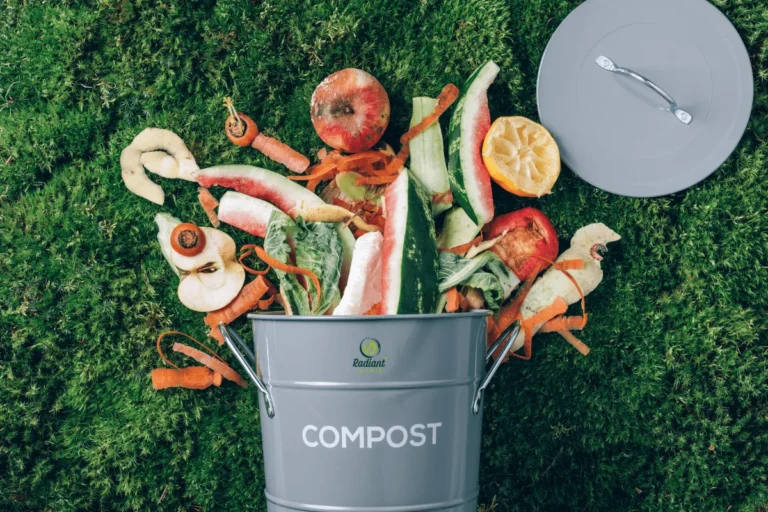
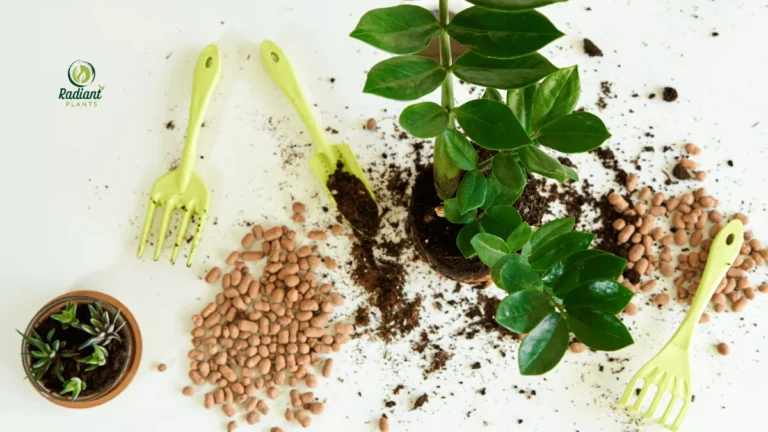
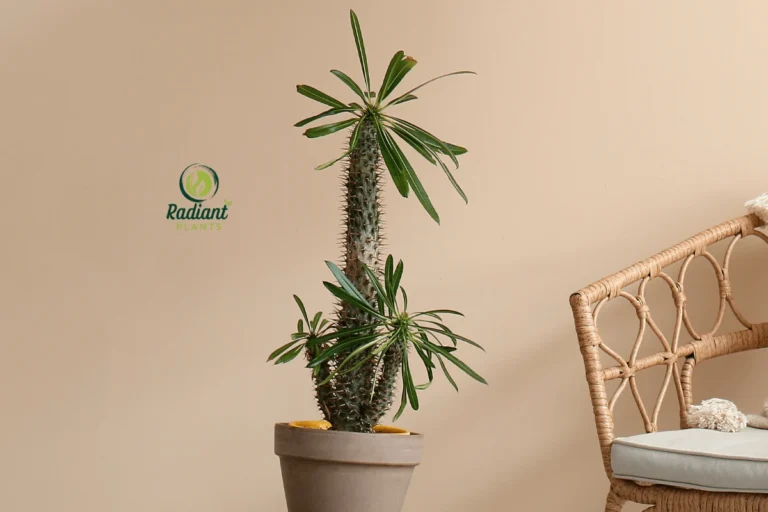
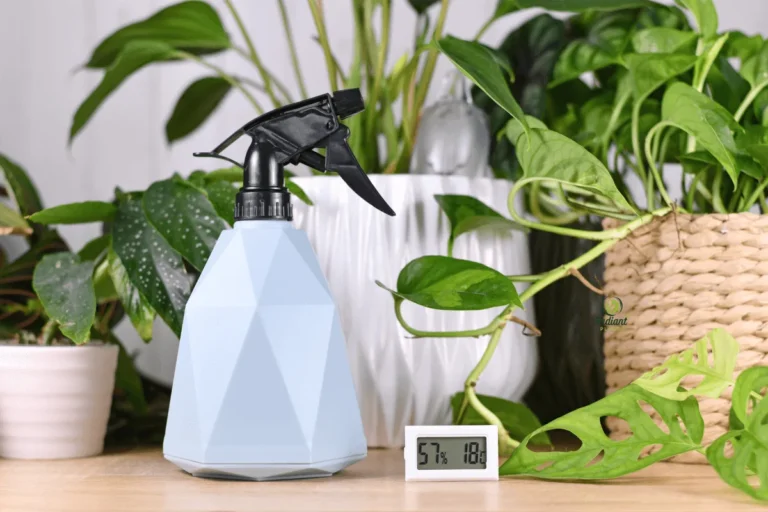
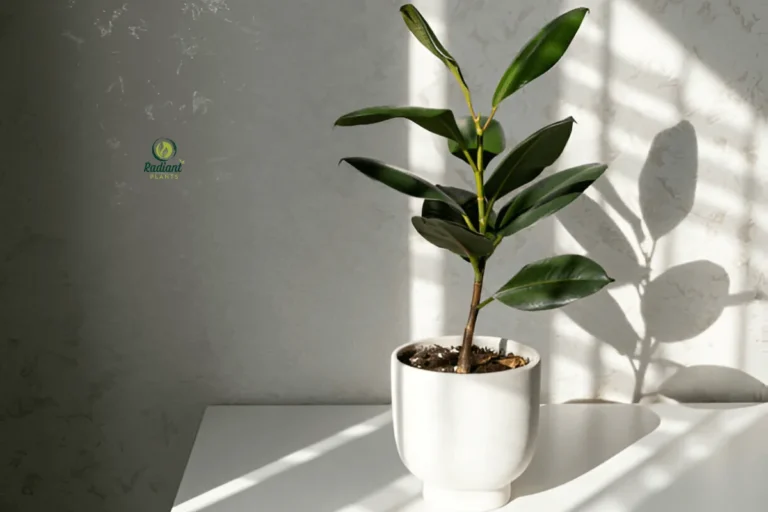
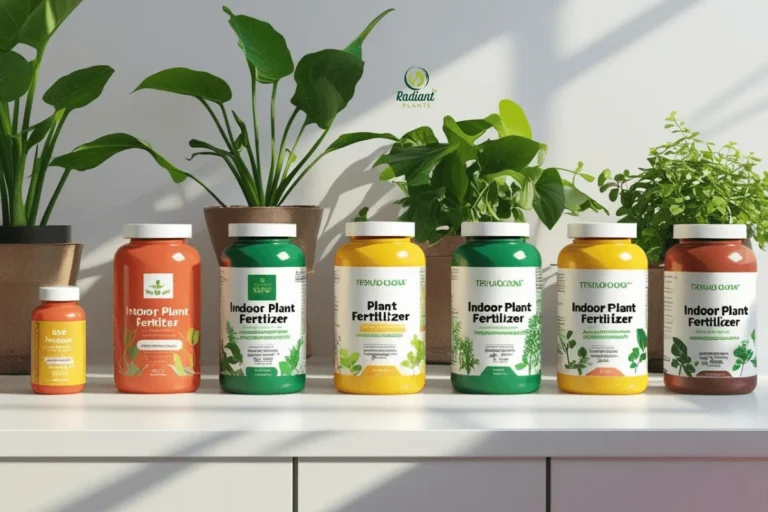
One Comment